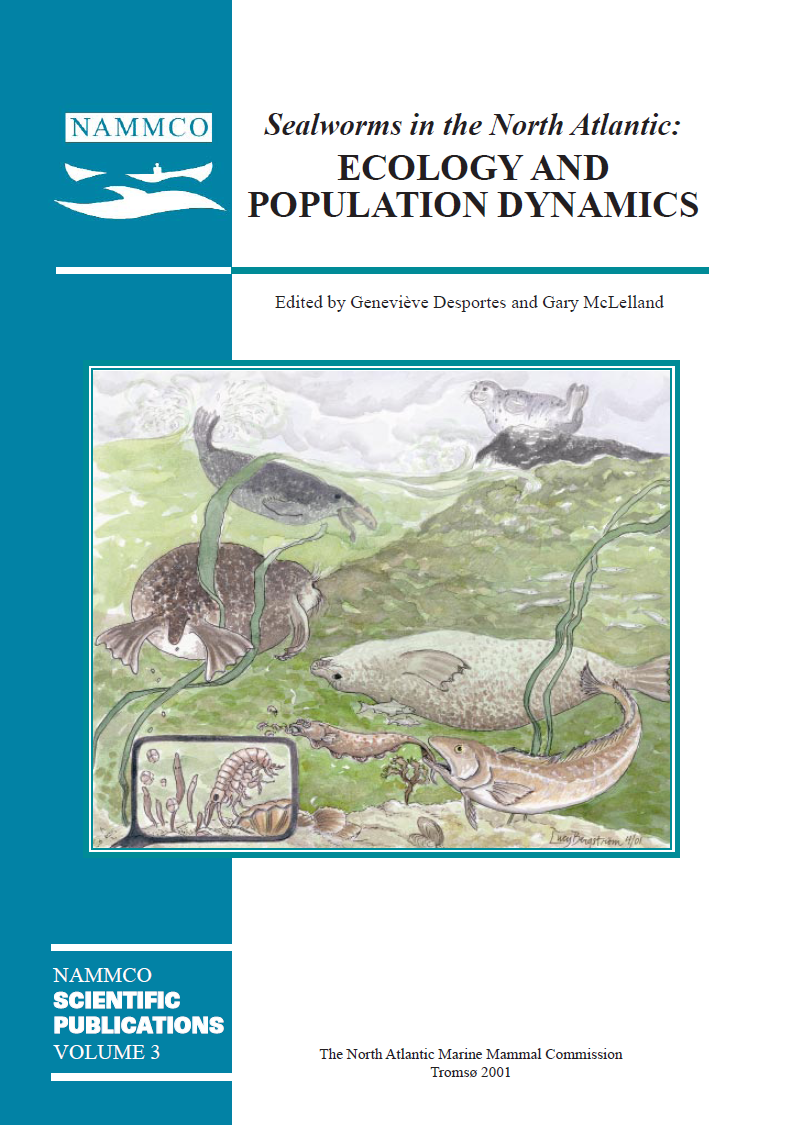Surveys of larval sealworm (Pseudoterranova decipiens) infection in various fish species sampled from Nova Scotian waters between 1988 and 1996, with an assessment of examination procedures
DOI:
https://doi.org/10.7557/3.2959Keywords:
Sealworms, Pseudoterranova decipiens, hosts, anisakines, parasitesAbstract
Between November 1988 and October 1996, >10,000 fish from the Breton Shelf, Sable Island Bank and the northeastern Gulf of Maine were examined for larval anisakines. Larval sealworm, Pseudoterranova decipiens, occurred in 30 of 39 species surveyed, including 8 new host records, Enchelyopus cimbrius, Lycodes reticulatus, Eumesogrammus praecisus, Lumpenus lumpretaeformis, Lumpenus maculatus, Cryptacanthodes maculatus, Artediellus atlanticus and Triglops murrayi. The parasite was most prevalent and abundant in mature demersal piscivores and benthic consumers. Sealworm densities (nr kg-1 host wt.), however, were greatest in small benthophagous fish including mature E. cimbrius, A. atlanticus, T. murrayi and Aspidophoroides monopterygius, and juvenile Hippoglossoides platessoides. ANOVA revealed that geographical disparities in sealworm prevalence and abundance were highly significant in 14 of 20 species tested, although significant disparities between samples from each of the three areas were evident only in H. platessoides. Almost invariably, infection parameters were greatest in fish from Sable Island Bank. ANOVA also indicated that sealworm prevalence and/or abundance increased significantly in Sable Island Bank populations of Gadus morhua, H. platessoides, and seven other species between 1985-1986 and 1989-1990. Routine examinations, in which host flesh was sliced and candled, proved as efficacious as digestion in warm (35° C) pepsin-HCl for detection of larval sealworm in the flesh of large frozen fish. Procedures employing fresh (iced) samples, digestion at ambient temperature and microscopy are recommended, however, for surveys of small benthic consumers. Many of the sealworm infecting the latter hosts are tiny (2 to 10 mm in length) nematodes, which escape detection by routine inspection, and may not survive in warm pepsin-HCl solution.





